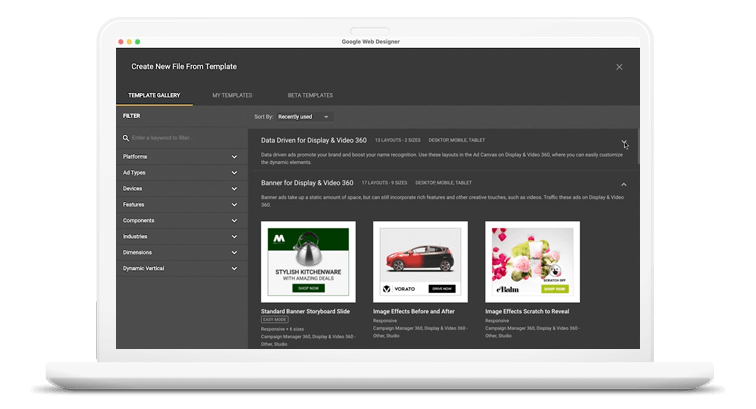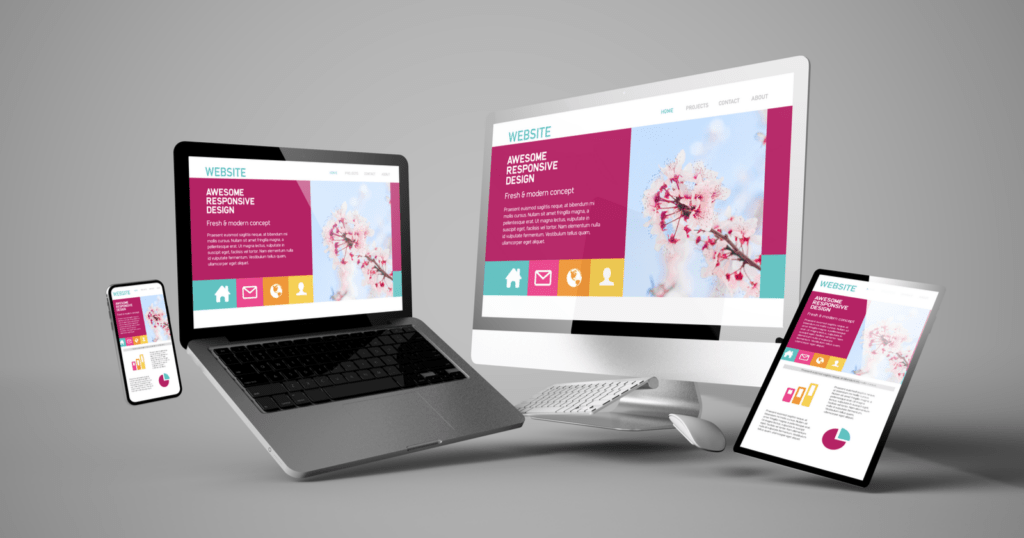The Role of Website Design in Enhancing Brand Identity and Recognition
The Role of Website Design in Enhancing Brand Identity and Recognition
Blog Article
Modern Web Site Layout That Records Attention and Transforms
In a significantly digital landscape, contemporary web site style has emerged as a crucial factor in catching user focus and driving conversions. By strategically using visual power structure, receptive formats, and engaging interactive components, developers can produce experiences that not just bring in site visitors yet likewise assist in meaningful communications. Furthermore, effective call-to-action strategies play an important duty in assisting users toward preferred outcomes. As we check out these essential components, it becomes clear that understanding their interplay can significantly affect a website's performance and user fulfillment. What are the essential elements that truly make a distinction?
Importance of Visual Pecking Order
Visual pecking order is an essential element in site design, as it overviews users' attention and boosts their overall experience. By purposefully arranging web content, developers can direct individuals to the most crucial information first, therefore raising engagement and enhancing use.
Incorporating a rational flow in content setup is crucial; for example, placing one of the most important info at the top of a page cultivates prompt recognition. Consistent use of typography, such as varying font dimensions and styles, assists develop a clear web content framework. This organization not just help in navigation but additionally builds depend on, as users feel a lot more comfy when they can easily discover what they are seeking.
Eventually, a well-executed aesthetic pecking order not just boosts visual allure but also substantially impacts user habits. By prioritizing essential components and ensuring a smooth experience, designers can properly transform site visitors into customers, reinforcing the relevance of this fundamental layout concept in modern-day website advancement.
Responsive Design for All Tools
Producing a smooth experience throughout various gadgets is crucial in today's electronic landscape, where users gain access to internet sites from desktops, tablets, and smart devices alike. Responsive layout is a vital approach that makes sure websites adapt fluidly to different display resolutions, sizes, and orientations. By utilizing versatile grids, pictures, and CSS media questions, designers can create formats that preserve visual integrity and performance, no matter the device being made use of.
The significance of receptive layout prolongs beyond appearances; it directly influences customer engagement and conversion prices. A site that operates well on all devices motivates longer gos to and minimizes bounce rates, as customers are a lot more most likely to engage with web content that is easy to browse. In addition, search engines, specifically Google, focus on mobile-friendly websites in their positions, making receptive layout an important element of search engine optimization (SEARCH ENGINE OPTIMIZATION)
Incorporating receptive style not only boosts customer experience yet additionally simplifies the advancement procedure. By developing a solitary site that functions across devices, companies can conserve time and sources contrasted to creating different mobile and desktop computer variations. Inevitably, receptive style is an essential method for contemporary website layout, making sure ease of access and fulfillment for all individuals, despite their device.
Involving Interactive Aspects
While a receptive design prepares for a useful site, integrating interesting interactive aspects is crucial for catching customer focus and cultivating deeper connections. Website Design. Interactive components, such as computer animations, quizzes, and clickable infographics, develop a much more vibrant user experience, encouraging visitors to spend even more time on the website
Including interactive features can additionally lead individuals with complicated information, making it simpler to digest material. For example, interactive sliders can illustrate product variants, while ingrained video clips can provide demos or reviews that resonate more than static pictures or text. In addition, gamification strategies, like incentives for engaging or completing tasks with web content, can boost customer inspiration and retention.
Reliable use of interactive aspects not just improves the user experience yet can additionally lead to greater conversion rates. It is vital to balance interactivity with efficiency; overly intricate attributes may impede website speed, adversely influencing customer contentment.
Structured Navigation Practices
Reliable navigating is a foundation of any type of successful website, as it straight affects individual experience and content access. Structured navigating practices guarantee that individuals can conveniently find info, improving their interaction with the site. A well-structured navigating menu ought to be straightforward and intuitive, normally including a restricted number of primary classifications to prevent frustrating site visitors.
To accomplish streamlined navigation, designers should prioritize an ordered structure that practically arranges content. Implementing breadcrumb tracks can give users with context concerning their present location within the website, permitting seamless backtracking. Furthermore, utilizing drop-down menus can properly preserve space while still giving accessibility to subcategories.
Responsive layout is crucial, as navigation should be practical across all tools (Website Design). Mobile individuals, specifically, gain from touch-friendly menus and collapsible areas that preserve functionality without jeopardizing visual appeals

Efficient Call-to-Action Strategies
A well-crafted call-to-action (CTA) is crucial for directing individuals toward wanted end results on a website, as it urges them to engage with content or buy. To optimize their performance, CTAs need to be clear, engaging, and tactically positioned throughout the site.
First, use action-oriented language that communicates necessity or value, such as "Get going," "Sign up with Currently," or "Insurance claim Your Price cut." This language not just motivates users but additionally sets clear expectations regarding discover this info here the following steps.
2nd, consider design aspects; CTAs must stick out aesthetically with contrasting shades, adequate whitespace, and popular positioning. imp source A button that is easy to see and click rises the likelihood of individual interaction.
Additionally, customizing CTAs based on individual habits or demographics can considerably boost interaction. Tailored messages resonate extra with users, driving greater conversion prices.

Verdict
To conclude, modern-day web site style stresses the assimilation of visual power structure, receptive layouts, engaging interactive aspects, streamlined navigation, and effective call-to-action techniques. These elements jointly boost individual experience, making certain that site visitors stay involved and motivated to discover content better. By focusing on these style concepts, companies can significantly boost individual retention and conversion rates, ultimately causing greater success in the digital landscape. The continuous evolution of internet style highlights its critical duty in reliable on-line interaction and marketing.
In a significantly electronic landscape, modern web site design has actually emerged as a pivotal element in official site catching user interest and driving conversions.Aesthetic hierarchy is a crucial element in internet site design, as it guides customers' focus and enhances their overall experience.The importance of responsive style prolongs beyond aesthetic appeals; it straight influences customer interaction and conversion prices.Incorporating receptive design not only improves customer experience but likewise enhances the advancement process. Inevitably, responsive design is a fundamental approach for contemporary website layout, making certain ease of access and satisfaction for all individuals, no matter of their tool.
Report this page